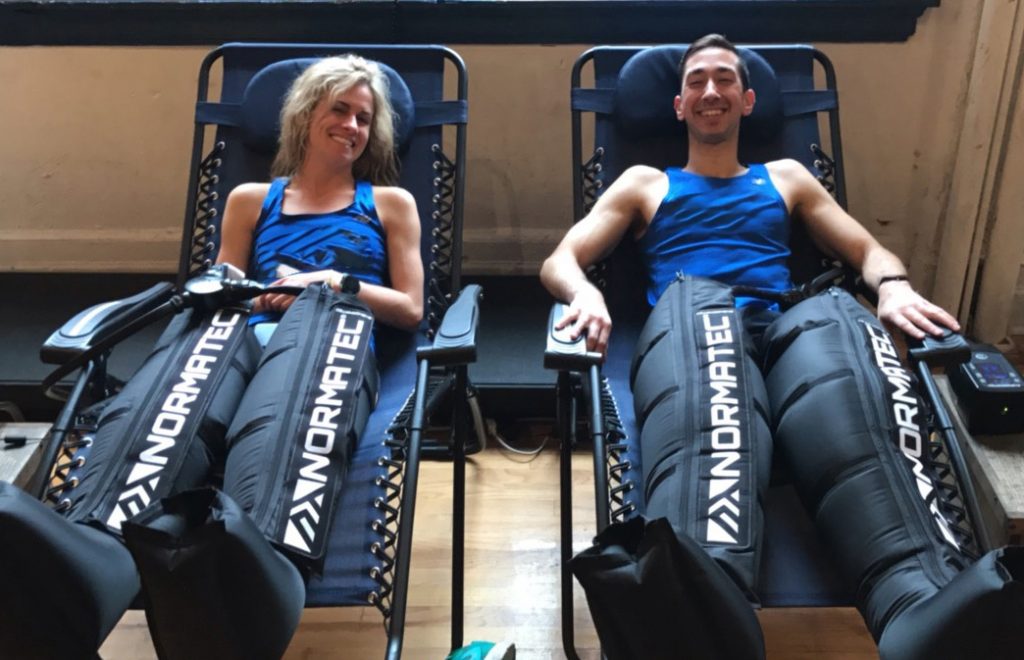Ultimate Guide to Compression
For readers who want to learn what compression therapy is and how it works.
It’s easy to take our health for granted. For most of us, our bodies serve to just simply get us where we need to go and we don’t give them much thought. We eat, we sleep, we know that we’re supposed to work out and drink water, etc. But we don’t always know the best ways for us to take care of ourselves.
The older we get, however, the more important it is to pay attention to our bodies. It’s vital that we give our bodies the utmost care they deserve, and that includes our legs. Enter compression.
But what exactly is compression? You may have heard about wearing compression socks during a long flight, or if you’re plugged into the health and wellness world, compression may have been bounced around as something to try in order to help with blood flow and athletic recovery. It’s a great way to take care of yourself, but don’t fret – we’ll help you understand what compression actually is (hint: it’s not just socks!), why you should use it, and why it’s beneficial to everyone – not just athletes.
What is Compression?
Compression is an effective method by which controlled pressure is applied to the extremities in order to increase blood flow and the efficiency of the lymphatic and venous systems. Traditionally, compression uses socks or stockings, but Restore uses newer technology like NormaTec to offer dynamic compression that utilizes compressed air to mobilize fluid and improve circulation.
How does Compression work?
Poor circulation occurs when blood vessels and arteries narrow, making it hard for blood to pass through. Compression therapy works by adding pressure to contracting areas of restricted flow, allowing the veins in the limbs to loosen. This loosening decreases venous pressure, reduces edema, and aids the body in moving blood towards the heart. It also engages “lymphatic flush”, which facilitates the removal of waste and swelling, from the body.



